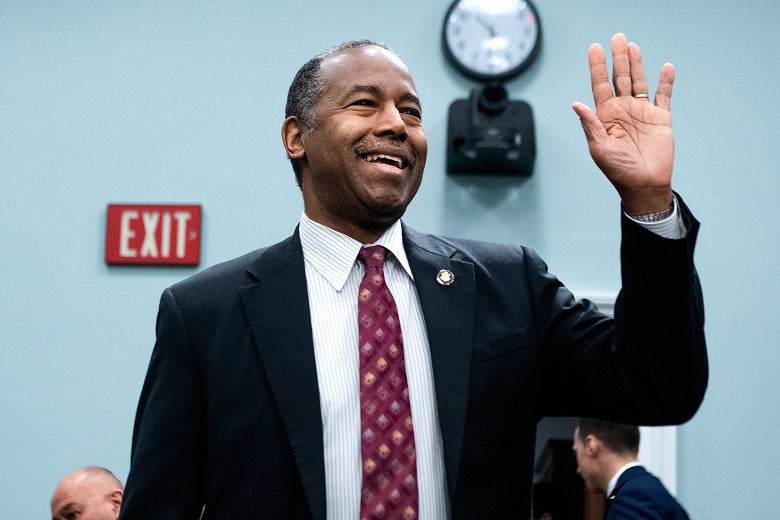On Wednesday, Secretary Ben Carson partnered with the Trump administration to repeal the Equal Access Rule protections for trans people, which was established in 2012. The final rule, registered in 2016, ensured “equal access for individuals in accordance with their gender identity in programs and shelter funded under programs administered by HUD’s Office of Community Planning and Development (CPD).”
The move to repeal the Equal Access Rule will likely expose more trans people to homelessness, unemployment and violence.
The National Alliance to End Homelessness released a report in 2018 that showed that gender minorities were more likely to experience unsheltered homelessness than their cisgender counterparts. Fifty-six percent of transgender adults and 82 percent of non-binary adults would experience homelessness in their lifetimes, according to the U.S Department of Housing and Urban Development. In addition, 20 to 40 percent of all homeless youth identify as LGBTQ.
In 2015, journalist Kia Gregory, wrote about Paola Ramirez, a trans immigrant who was looking for housing in New York City. Ramirez’s story exemplified how housing practices are often discriminatory towards trans people.
“…[Paola’s] current landlord offered a compromise of sorts. If she could not present valid ID listing her as female, she could transfer the lease to her fiancé, a cis male, whom she is scheduled to marry in late September,” Gregory wrote. “The landlord would charge $300 for the name change and raise the rent on her rent-stabilized apartment by 20 percent.”
In May 2019, Congresswoman Jennifer Wexton introduced H.R.3018, or the Ensuring Equal Access to Shelter Act. This Act “would prohibit the Secretary of HUD [U.S. Department of Housing and Urban Development] from implementing a proposed rule that would allow shelter providers to deny transgender and gender non-conforming people equal access to homeless shelters.”
Because the bill has not yet reached the House or Senate, U.S. Secretary of Housing and Urban Development Ben Carson is allowed to discriminate against trans people seeking shelter.
In Toby Beauchamp’s book Going Stealth: Transgender Politics and U.S. Surveillance Practices, the author writes about how even inside shelters, trans people may not always be safe.
“Surveillance is a central practice through which the category of transgender is produced, regulated, and contested,” Beauchamp wrote.
The constant surveillance of trans bodies raises the question of whether there needs to be separate shelters with allocated funds exclusively for trans and gender non-conforming folx.
Shortly after the Trump administration moved to repeal the act, Civil rights advocates and LGBTQ+ organizations condemned their actions.
Lala Zannell, the trans justice campaign manager for the American Civil Liberties Union, said that the administration’s decision would be “particularly dangerous for the Black and brown transgender women who face extraordinarily high rates of unemployment and homelessness at any time, and particularly in this economic crisis.”
In a statement, Zannell addressed Ben Carson directly.
“Where should the Black and Brown trans women who have faced discrimination at work and violence in their homes and the streets go after we have been turned away from shelters? Shelters funded by taxpayers should be open to all — period,” she said.
If you are trans and experiencing homelessness and want to know your rights, click here. If you identify as LGBTQ+ and need shelter in New York State click here. For more resources available to you by state, visit the Ali Forney Center website here.






